By this time, I had spent over two decades creating community-based theatre on the subjects of race and class, often in partnership with community organizers. This work was grounded in reflections on my own position and identity and in a need to be accountable to folks of color as well as working class and poor communities. With the help of visionary mentors—like the people at Alternate ROOTS, the Southern activist-artist network; Hampshire College, where I teach; and Showing up for Racial Justice (SURJ)—I’ve gained a clearer understanding of how this work is a small part of a much broader movement.
My earlier plays tell stories about our intersectional, cross-class, multilingual world and they attracted people from a range of backgrounds. That said, there has always been a core group of people who, broadly speaking, looked like me. I began to wonder how I might use the tools I’ve learned to explore how this particular audience—white, middle-class men—pass on white supremacy to their children and lose connection to their tenderness and humanity in the process. I also wondered how this work might benefit not just white, middle-class audiences but could support a cross-class movement for racial justice.
I also wondered how this work might benefit not just white, middle-class audiences but could support a cross-class movement for racial justice.
Community Organizing Model for New Play Development
From its inception, I imagined the play as a fundraising tool for Indigenous or people of color–led organizing groups working in local communities to address systemic injustice. I embedded my community organizing strategy into the dramaturgy: its small cast, its bare-bones aesthetic, its flexibility to any number of venues. Inspired by lessons from organizers I had seen build campaigns by empowering communities to take local leadership, I imagined a horizontal production model in which readings would be produced by many local hosts, the proceeds of which would benefit grassroots groups in their area. We would therefore not only be telling stories about the world we were imagining, but helping to build it in material ways.
Gasping Whiteness, the play that evolved from this idea, follows a progressive dad and his daughter (both white) as they encounter an African American family who moves in above them. When the man’s daughter (Sky) makes a racist remark to her new neighbor (Maya), and Sky’s father overhears it but does not have the language to respond, it sets in motion a series of events: the end of the girls’ burgeoning friendship, conflicts between their parents, and the emergence of the masked figure, “Gasping Whiteness,” from the raised bed of their garden. As the play unfolds through scenes both tragic and comic, it becomes clear that healing involves unearthing unspoken histories and fighting for systemic social change.
Collaborating with Children
After two years of workshops and readings with adults playing all the roles, it became clear that the heart of the play was about how racism is passed into the bodies of children—a subject we could not explore without children themselves in the roles. This was particularly important as parents made up a large portion of our audiences, a number of whom brought their children to the show. We eventually cast two young people, Willah Waldron (ten years old) and Farris Alder* (eleven years old), who rehearsed, performed, and co-facilitated dialogues with us for eight months, while we toured the play to communities across New York and New England.
A core concern of the rehearsal process was how to explore the racial trauma the play speaks about without passing our own wounds and fears onto Williah and Ferris. This work was essential foundation building for all of the ensemble, but was particularly vital for the actor playing Maya. Trenda Loftin (our co-director and one of the performers) noted she was “committed to engaging Black children in conversations about what it means to be Black in the United States,” as well as “balancing the harsh realities of the past and present with celebrating our lineage and our continued survival.”
We would therefore not only be telling stories about the world we were imagining, but helping to build it in material ways.
Holding all of this well involved years of building trust between myself, Trenda, and Angela Davis Johnson, who created the mask of Gasping Whiteness and collaborated on the project from its inception. It also involved formal and informal accountability partners including artists and organizers of color, white anti-racist organizers, and parents of many backgrounds and identities. The young actors helped our ensemble to hold this material as well, in particular by discovering rituals that allowed them to enter the roles and let them go: Farris sometimes carried a stone in the overalls she wore as a costume and put the stone down after as a way of releasing the pain of the story. Willah made a tiny arch out of tinfoil and asked us all to walk under it before beginning the reading and immediately after, so that “we could walk through the portal and we can walk out of our characters.”
We rehearsed as a full company and in small group sessions for each family in the play. These separate rehearsals allowed space for Black and white members of the cast to talk more openly about personal experiences that echoed the challenges facing the families in the story. Playing—both in rehearsal and outside of it—also became essential: the girls climbed trees, made dances for the play’s musical number (entitled, “White Dudes, White Dudes What’s a Dude to Do?”), held a fashion show after a particularly intense rehearsal, and had a sleepover. As their characters don’t become friends, the fact that they could do so in real life was a kind of sweet redemption. All in all, this work helped us engage with the two child cast members about white supremacy in ways that were loving, tender, and reciprocal. It also addressed, in our rehearsal process, the silences that led me to create the play in the first place. My hope is that this learning process has become part of the fabric of the play, so that it can help encourage adult and child audiences to have similar conversations.
Workshops and Partnerships
An early reading of the play, at Ko Festival of Performance, did not feature a structured post-play workshop, but many audience members expressed the need for one, given the content (Andrew Grant-Thomas, a co-founder of the group EmbraceRace, actually insisted on facilitating one himself one week later). After this point, facilitated post-play workshops, which included a people of color caucus, became a part of every show, many facilitated by Hampshire student Wize Angelique. Although these workshops were optional, most audience members stayed to attend. The workshops included reflective writing, sharing of personal stories, and discussions of tangible action steps—some inspired by the questions raised at the play’s climax. At one, three generations of the same family explored how lessons about race had been passed down and transformed; at another, parents spoke about their isolation and their fear about having similar discussions; after the final show, which was in our home community, the child cast members facilitated a workshop for their peers about racism.
Performances were done in eight communities and raised funds for a broad range of grassroots, Indigenous or people of color–led groups that focused on many issues: local and statewide racial justice organizing (CTCORE-Organize Now!), parental incarceration (Sisters Unchained), and Indigenous performance (First Nations Dialogues), to name just a few. Representatives from all of our partners attended the readings and spoke to audiences about their work. In addition, some partners facilitated post-play workshops; others offered feedback on the play as it evolved; and one partner organization used the gathering as a way to bring together many of their constituencies and mobilize collective action.
After one performance, an audience member made a large donation to a partner they had not been aware of prior to the show.
The demographics of the audiences varied, depending on the community, but the majority of the audiences were white, middle-class folks engaged (or looking to engage) in social change work. They were joined by diverse groups of audience members, many of whom were themselves artist-activists. Reactions were varied: some people shed tears, others felt gratitude for the community the play had fostered, and a few challenged us with questions about if we were re-centering whiteness in our attempt to challenge white supremacy. In many instances, audience members immediately signed up to volunteer for our partner organizations and, after one performance, an audience member made a large donation to a partner they had not been aware of prior to the show—specifically inspired by the line above that asks what white people are willing to do to end white power. This support helped the organization to secure long-term stability, which had not been possible previously.
Families of both children continue to reflect on how the work of the play extended to the dinner table and to the daily fabric of their lives. Willah talks about how every rehearsal was a chance to learn more and talk more about racism, conversations that weren’t happening at school. Farris talks about how much her eyes have been opened to things that were there all along: “I was younger and, as a white girl, I had a lot of privilege and I just didn’t think about racism. When this play came about I kept noticing it kept coming up.” My own ability to engage in these conversations grew exponentially, in large part because of the courage I saw modeled by the parents of our cast members.
To share our work, we’ve launched a website that includes open-source script selections and a community organizing toolkit, complete with step-by-step guides to developing partnerships and facilitating post-play workshops. Although these tools are specific to the play, we hope that they can help support other projects with similar goals. In addition, any community can use them and do the play without a fee, provided that they commit to donating the funds to local Indigenous or people of color–led organizing groups working to address systemic injustice. The process will begin this March, when Louisville’s theatre [502] will produce two weeks of readings to benefit Black Lives Matter-Louisville.

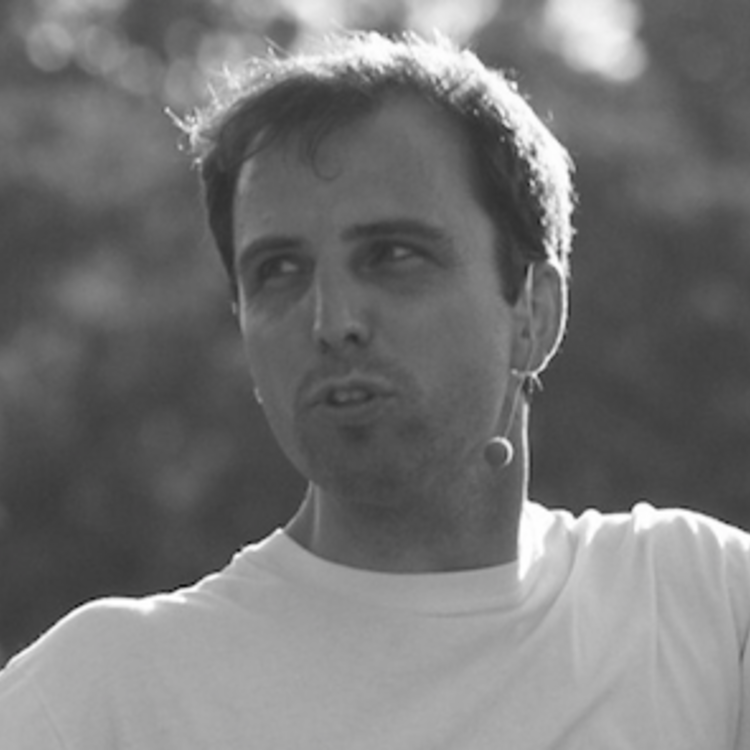
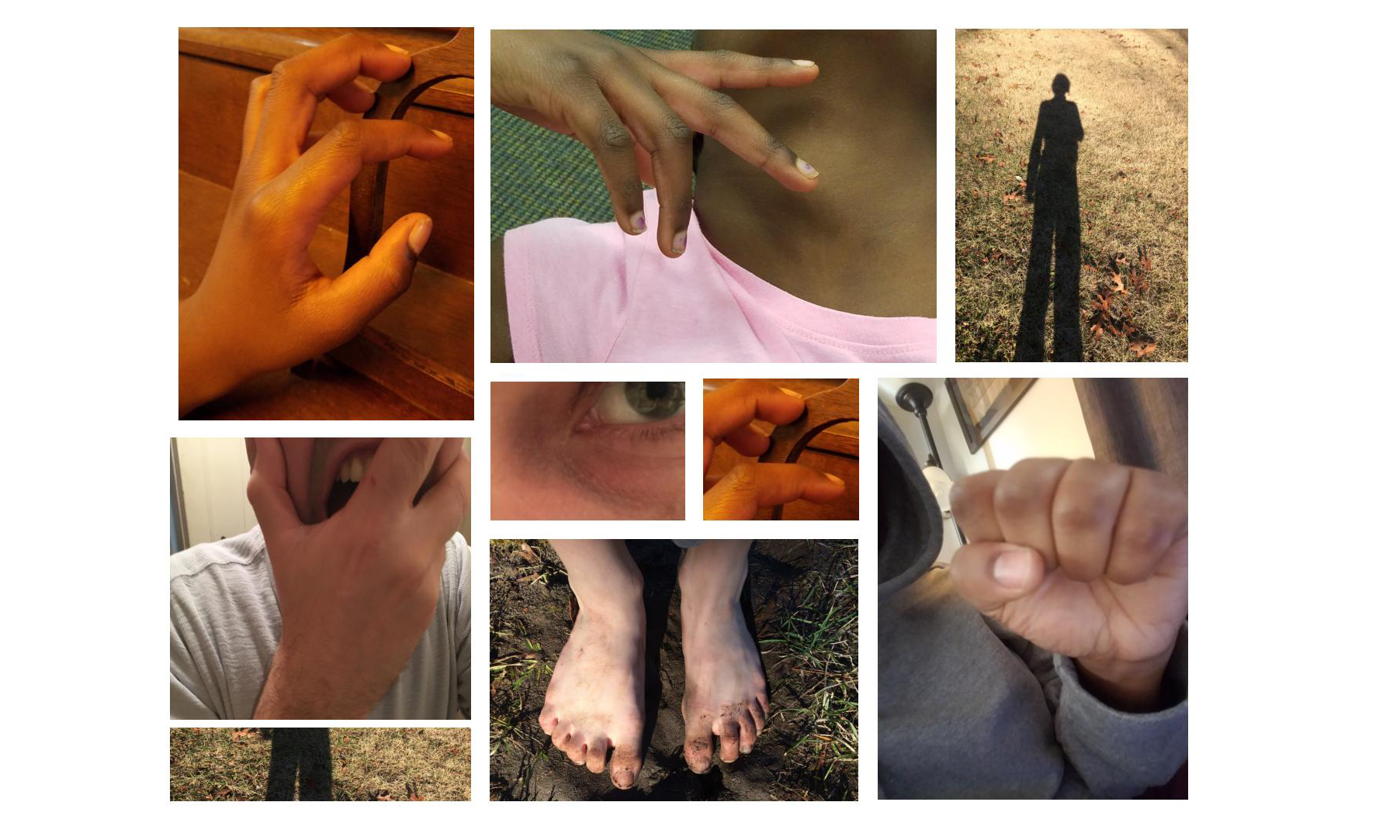
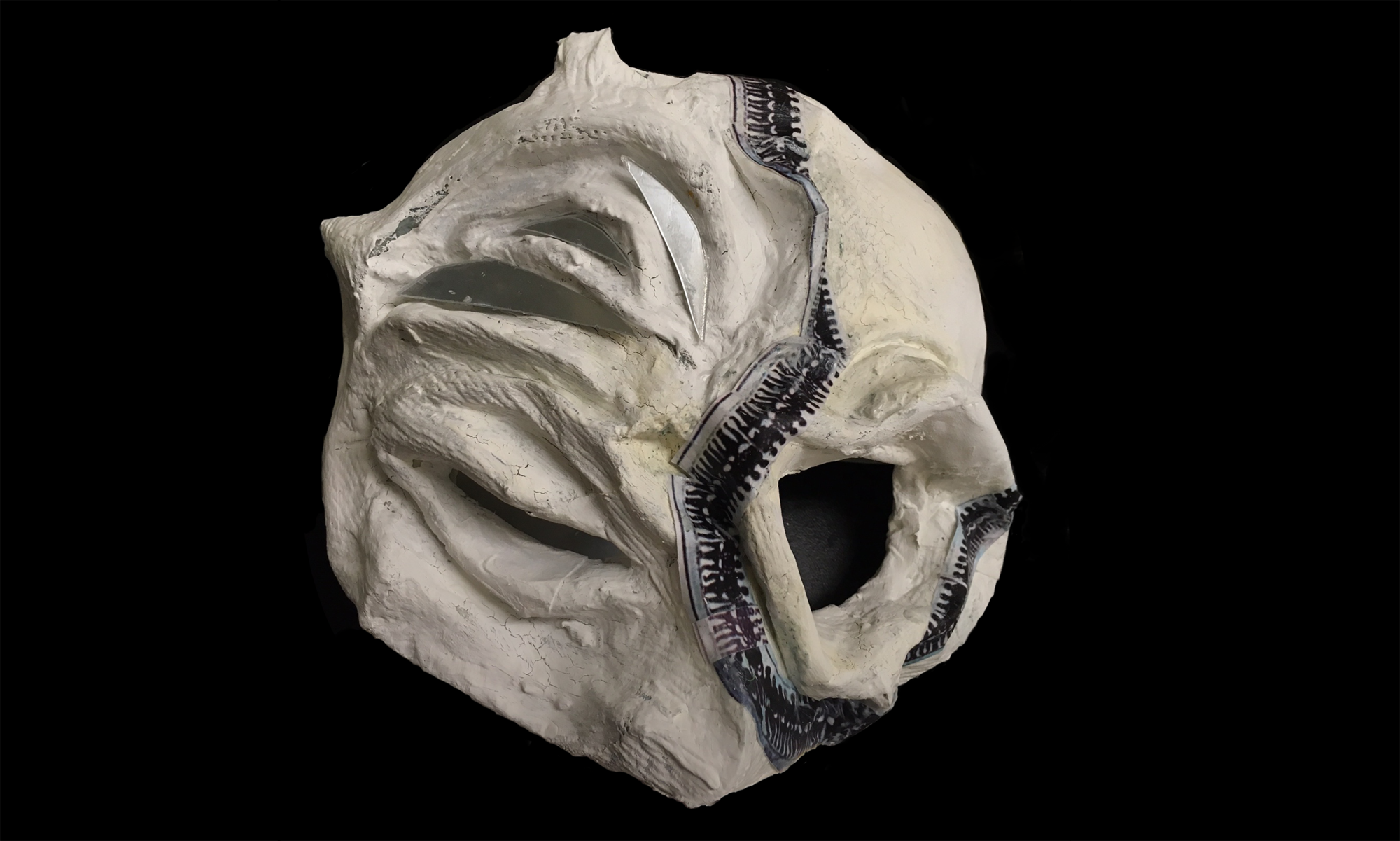
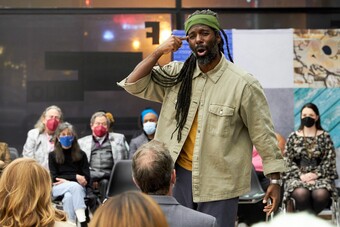




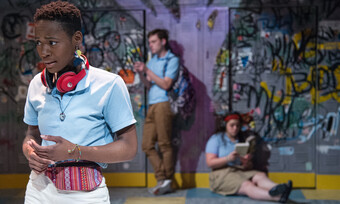


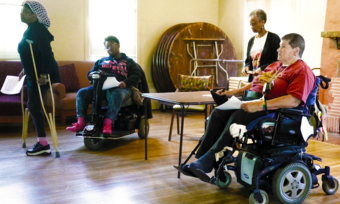

Comments
The article is just the start of the conversation—we want to know what you think about this subject, too! HowlRound is a space for knowledge-sharing, and we welcome spirited, thoughtful, and on-topic dialogue. Find our full comments policy here